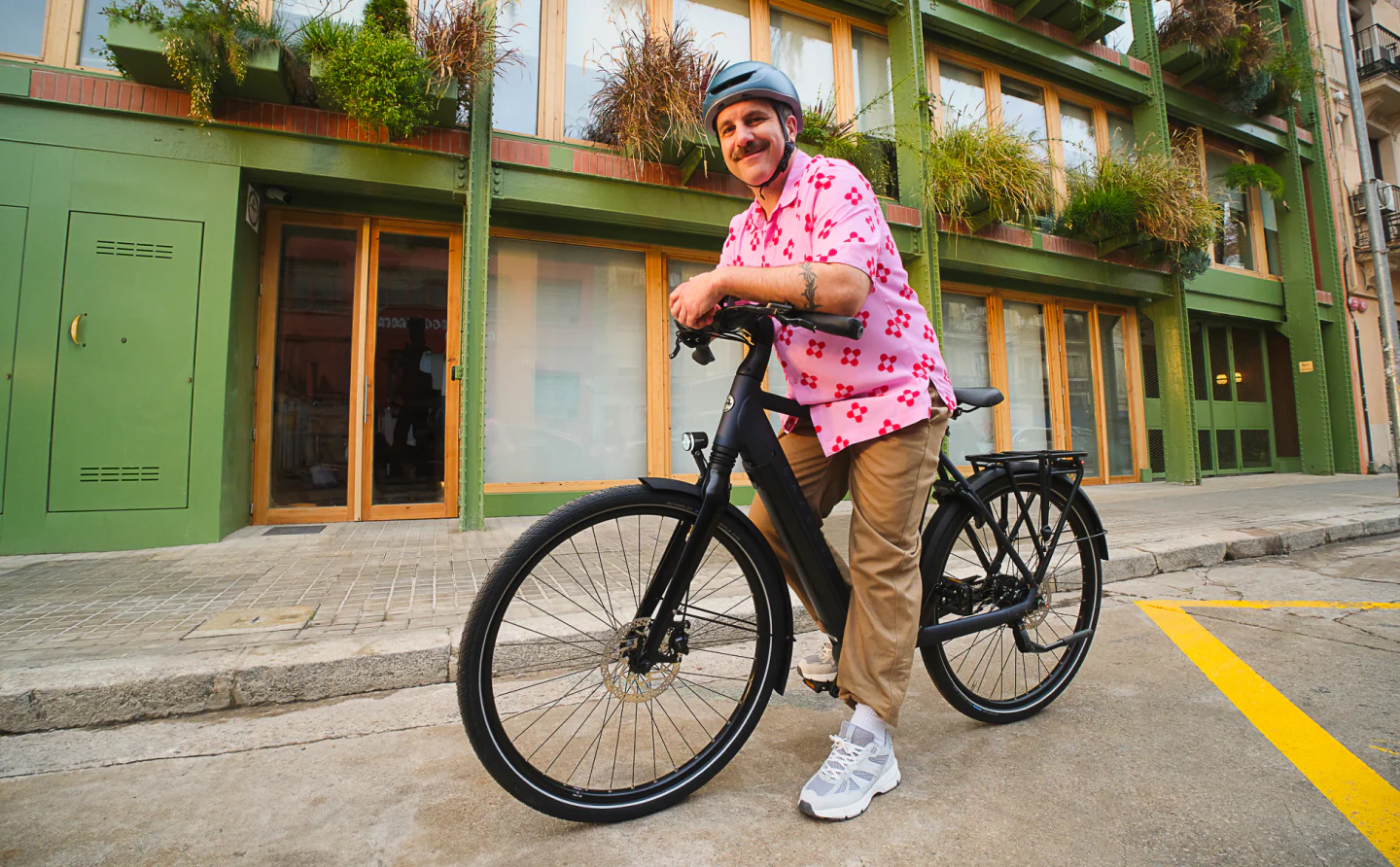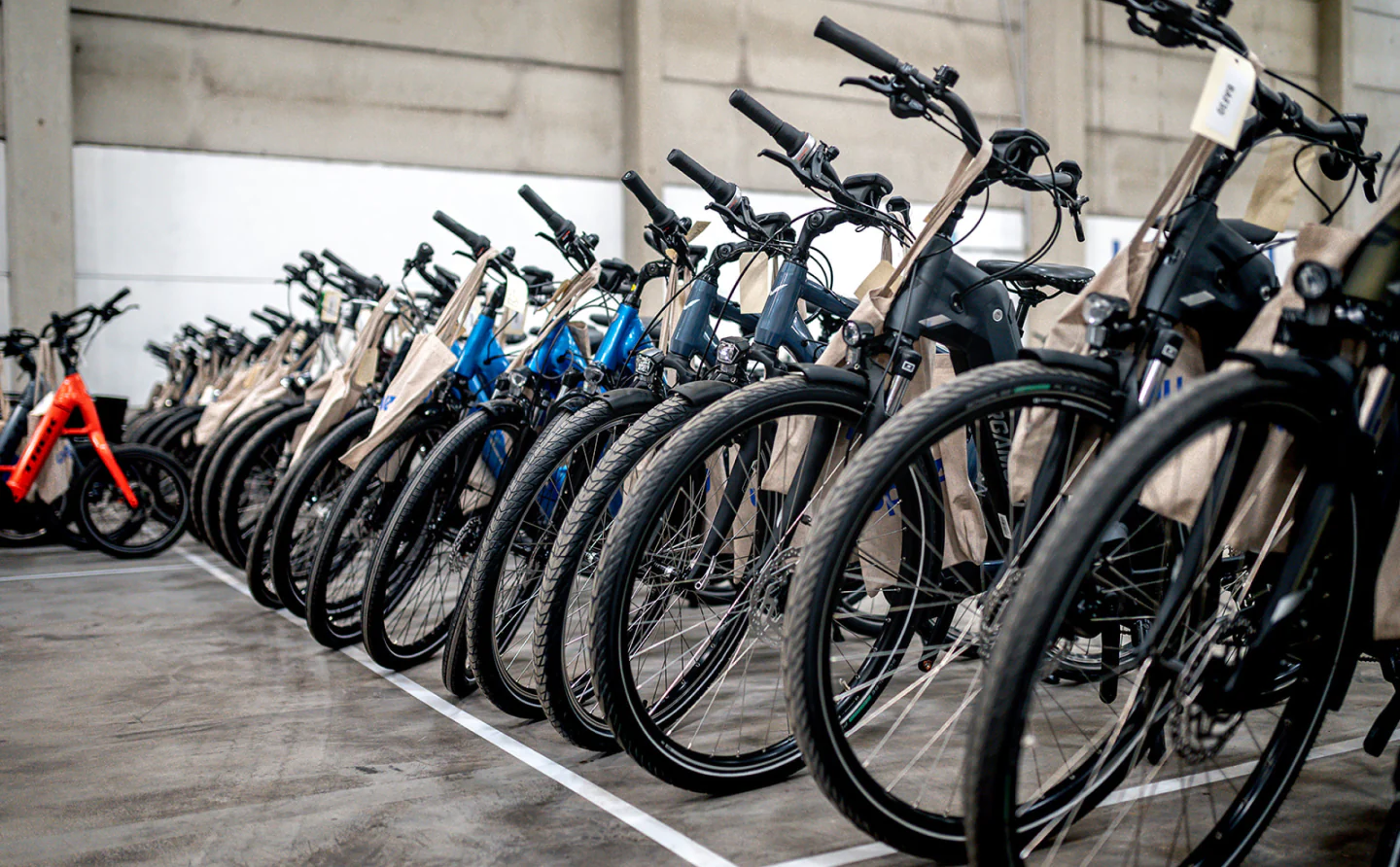Whether you love it for the music, the fashion, or the celebrity culture, Coachella is one of America's most anticipated music festivals each year.
The Coachella Valley Music and Arts Festival, or simply "Coachella," brings upward of 250,000 people together to watch an array of artists perform for a two-weekend event in Indio, California. It also includes various art installations, food vendors, and other attractions.
But this iconic festival comes at a price, and the planet may be footing the bill.
Is Coachella sustainable?
Coachella has put in more effort than other festivals to lessen its environmental impact, though it could still take a few notes from Øya, which is known as the world's "greenest" music festival.
The effects of our overheating planet are especially felt in California — from atmospheric rivers and devastating floods to severe droughts and wildfires — so every action Coachella takes to lessen its environmental impact counts.
For starters, Coachella attempts to tackle the air pollution from people traveling to the festival by incentivizing carpooling with its "Carpoolchella" campaign and by providing shuttles for an estimated 60,000 attendees.
Another issue for music festivals like Coachella is the packaging used for mass amounts of food and drinks.
Food isn't something we often associate with air pollution, but nearly 15% of all planet-heating air pollution comes from raising livestock for food. Coachella offers plant-based options from at least 22 of its food and drink vendors, and it requires each vendor to provide at least one vegetarian option on the menu.
Coachella also requires all of its vendors to use compostable cups, plates, and utensils and is committed to replacing single-use plastic water bottles with aluminum packaging.
And to help build more sustainable practices, Coachella has partnered with Global Inheritance for over a decade. Two products of this partnership are the Recycling Store, which offers a wide range of prizes for turning in recyclables, and an Energy Seesaw, which allows people to charge their phones with the energy they make by seesawing.
TCD Picks » Upway Spotlight

@kaelalala24 I love this recycling project Coachella does every year! Who doesnt love free stuff AND being sustainable! #coachella #coachellaootd #coachella2023 #carcamping #coachellavlog ♬ original sound - Kaela

How does Coachella compare to the most sustainable music festival?
The Norwegian live event Øya earned the title of the "world's greenest music festival" for its dedication to sustainability.
Of any music festival, the most harmful feature is the transportation necessary to attend. Both flying and driving gas-powered vehicles directly and adversely impact the planet by releasing planet-heating carbon pollution into the air.
An estimated 80% of carbon air pollution from music festivals comes from attendee travel alone — but the majority of Øya attendees travel via bike, nearly wiping out the show's carbon air pollution. These are big shoes to fill as the average music festival goer travels a whopping 903 miles to attend.
"I think by far the most important step to make festivals truly low carbon and sustainable is to reduce the distance and the carbon intensity of travel," Kim Nicholas, a climate scholar at Sweden's Lund University, told The National.
Clean energy is another major difference between Øya and Coachella. By plugging into Norway's electric grid, which is 98% drawn from renewable sources like hydropower, Øya runs almost completely on clean power.
On the other hand, Coachella isn't as transparent about its energy usage and sources, so it's difficult to know precisely how powering Coachella affects the planet. What we do know is that the music festival relies on "hundreds of thousands of gallons of diesel fuel" for generators, according to the director of logistics for Coachella.
And when it comes to waste, Coachella is trashier. Øya offers reusable food and beverage containers and recycles nearly 60% of its trash. One report found that festivals like Coachella generate 214,000 pounds of waste each festival day — only a fifth of which gets recycled, with the remaining 80% ending up in landfills.
There are ways you can help, too.
"The most important and most effective steps that individuals can take to reduce personal carbon footprints that we've identified in our research are to go flight, car, and meat-free," Nicholas told The National. You can also bring your emotional support water bottle, opt for biodegradable glitter, and reuse clothes you own rather than buying a fast-fashion festival fit you'll only wear once.
Join our free newsletter for cool news and actionable info that makes it easy to help yourself while helping the planet.

















